Place Vendôme, a prestigious square located in the first arrondissement, was created as a monument to the glory of the armies of Louis XIV, the Sun King.
History and Architecture of the Square
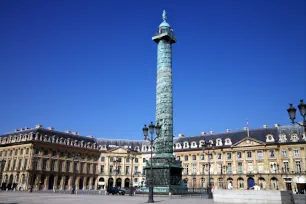
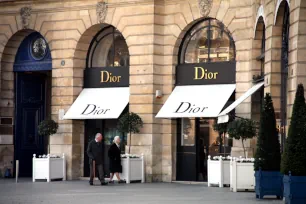
Place Vendôme (Vendome Square) was laid out in 1702. Architect Jules Hardouin-Mansart, who built most of the Versailles Palace, had originally purchased the land where it sits in hopes of making some money in real estate.
But when the venture was unsuccessful, the land was given to the King’s minister of Finance, who proposed the public square. Appearing octagonal in shape, the square was to be built near the site formerly occupied by the palace of the First Duke of Vendome.
Later, when the land passed from the minister to King Louis XIV, Mansart re-entered the picture and was drafted to create the design for the square meant to rival the Place des Vosges, which had a statue of the king’s predecessor – Louis XIII – at its center. Similar to the Place des Vosges, Mansard made all the buildings on the square identical, with arched ground floors and tall-windowed second floors. Pilasters and ornamental pillars were placed between each set of windows.
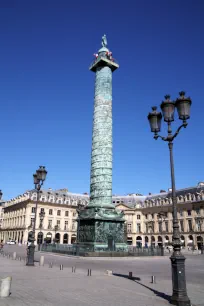
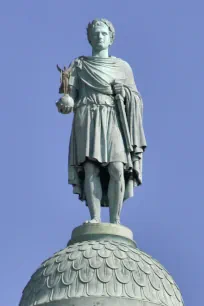
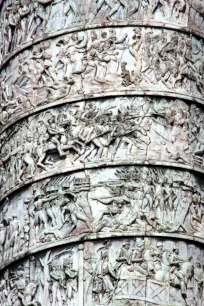
Square of Conquests
Place Vendôme was originally known as Place des Conquêtes (Conquests Square) but was later renamed to Place Louis le Grand (Louis the Great Square) when things weren’t going so well for Louis’ armies. However, a statue of the king was indeed erected in the square and remained there for about a hundred years until it was torn down in 1792, during the French Revolution.
Colonne Vendôme
The column you will find today in the center of the square was erected by Napoleon as the Colonne d’Austerlitz. The 44-meter-tall column (144 ft.) is modeled after Rome’s Trajan Column. It was built to commemorate the victory at Austerlitz in 1805, one of Napoleon’s greatest. The column’s continuous ribbon of bas-relief bronze plates by the sculptor Pierre-Nolasque Bergeret were made from 1,200 cannons taken from the combined armies of Russia and Austria during that battle. The reliefs depict scenes during the Napoleonic Wars between 1805 and 1807.
The column was first known as the Colonne d’Austerlitz, and it later was given the names of Colonne de la Victoire (Victory Column) and Colonne de la Grande Armée (Column of the Great Army). Today, it is commonly known as the Colonne Vendôme.
A statue of Napoleon was installed at the top of the column in 1810. Later, the statue of the emperor was removed, and the bronze melted down to provide the bronze for the recast of the equestrian statue of Henri IV on the Pont Neuf. A new statue was installed in 1833 which was later replaced by the statue that is seen today. It was erected by Napoleon III and depicts Napoleon I as a Roman emperor.
Place Vendôme in Modern Times
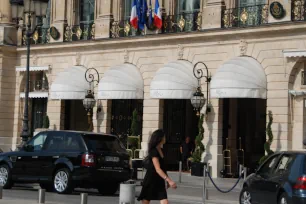
The buildings on Place Vendôme serve today as residences as well as retail stores, including those belonging to two famous jewelers and a number of well-known dress designers. The very expensive Hotel Ritz and Hotel Vendôme are also located on the square.
A number of famous people have also lived along Place Vendôme, including composer Frédéric Chopin (who died in no. 12), author George Sand and Scott and Zelda Fitzgerald, who resided at the Ritz for a while. Ernest Hemingway even claimed to have helped liberate the Ritz in 1944.

